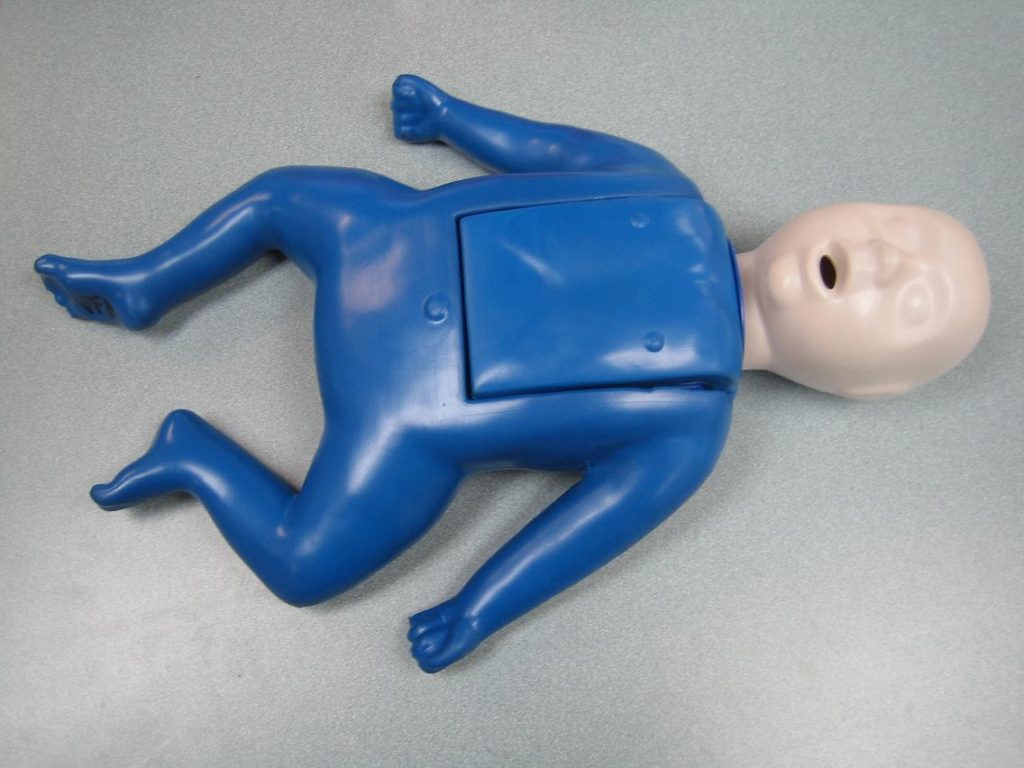Pediatric asthma is a condition where the lungs and airways become inflamed with exposure to airborne pollen, cold infections or respiratory infections. Not treated properly can result to a dangerous asthma attacks. Generally, children susceptible to asthma develop this condition by the age of 5. The symptoms can be mild, moderate or severe.
Symptoms of pediatric asthma
- At first, a whistling or wheezing sound when breathing
- Frequent intermittent coughing
- Shortness of breath
- Pain in the chest in young children
- Chest congestion or tightness

A whistling or wheezing sound when breathing. - Development of bronchitis after a respiratory infection
- Difficulty falling asleep due to coughing, wheezing and shortness of breath
- Fatigue due to lack of sleep
- Episode of coughing or wheezing that becomes worsened with a respiratory infection such as flu or cold
- Difficulty in breathing
- Loss of appetite
- Irritable
- Lastly, bluish coloration of the skin
Causes
- Airway infections at a young age
- Exposure to cigarette smoke and air pollution
- Viral infections such as common cold
- Weather changes or cold air
- Physical activities
- Allergies on dust mite, pollen or mold and pet dander
Treatment
- Use the prescribed inhaled medication devices for older children which is a small hand device that is metered dose inhaler that releases a fine powder.
- Prescribed long-term medications that includes inhaled corticosteroids for at least for several days to weeks for maximum benefits; leukotriene modifiers, oral medications that stops symptoms of asthma for at least 24 hours; combination inhalers, contains an inhaled corticosteroid and long-acting beta agonist and theophylline, a regular pill that keeps the airway open and relaxes the muscles for easy breathing.
- Prescribed quick-relief medications that includes short-acting beta agonists, lessens the symptoms in minutes and last for several hours; ipratropium, it relaxes the muscles for easy breathing; oral and intravenous corticosteroids, lessens the inflammation of the airways due to severe asthma and immunomodulatory agents, good for affected children with severe eosinophilic asthma.
- Install a dehumidifier at home to keep the air dry.
- Use an air conditioner to lessen the amount of airborne pollen found in grasses, weeds and trees from entering the house. It also lowers the humidity and lessens exposure to dust mites. If air conditioner is not available, close windows during pollen season.
- Change filters in the furnace and air conditioner and install a small-particle filter in the ventilation to keep indoor air clean.
- Avoid exposure to pet dander, pets with fur or feather and regular bathing and grooming of pets to lessen the amount of allergens in the air.
- Regular cleaning of the house to eliminate allergens and dust.
FACT CHECK
https://emedicine.medscape.com/article/1000997-overview
https://www.mayoclinic.org/diseases-conditions/childhood-asthma/symptoms-causes/syc-20351507
https://www.aaaai.org/conditions-and-treatments/conditions-dictionary/pediatric-asthma

